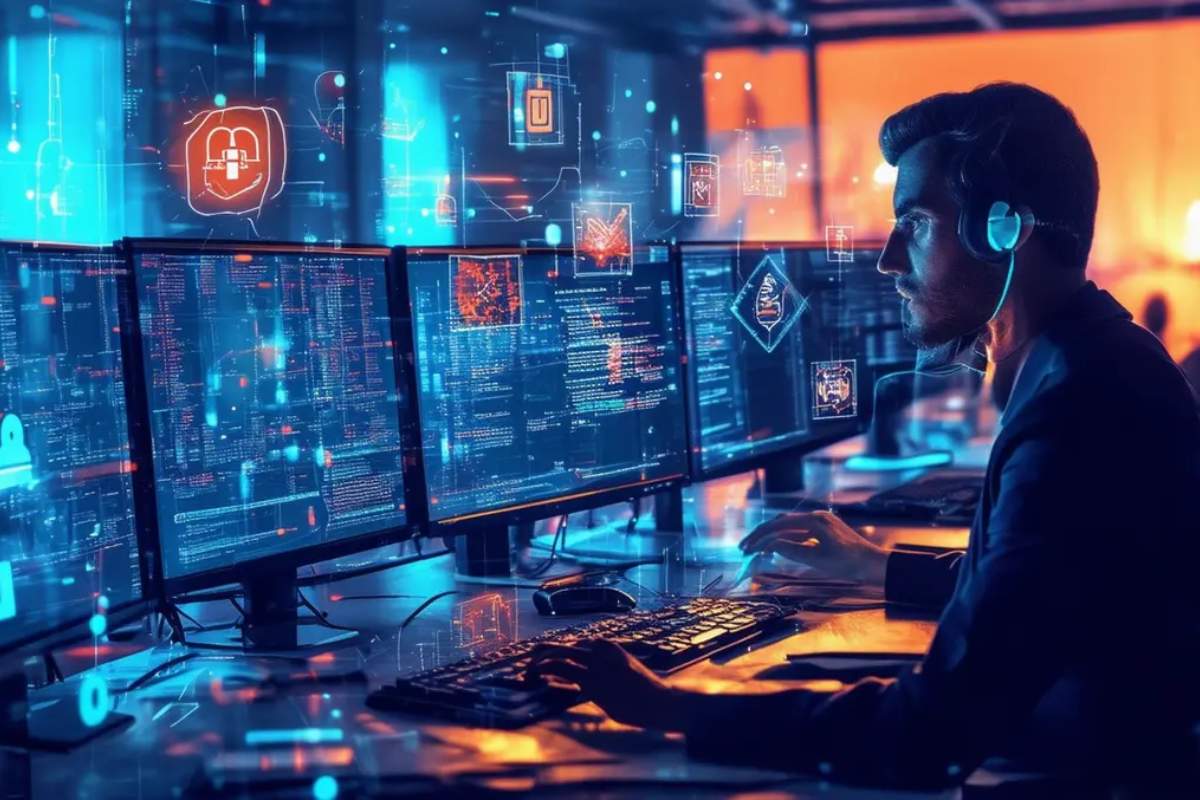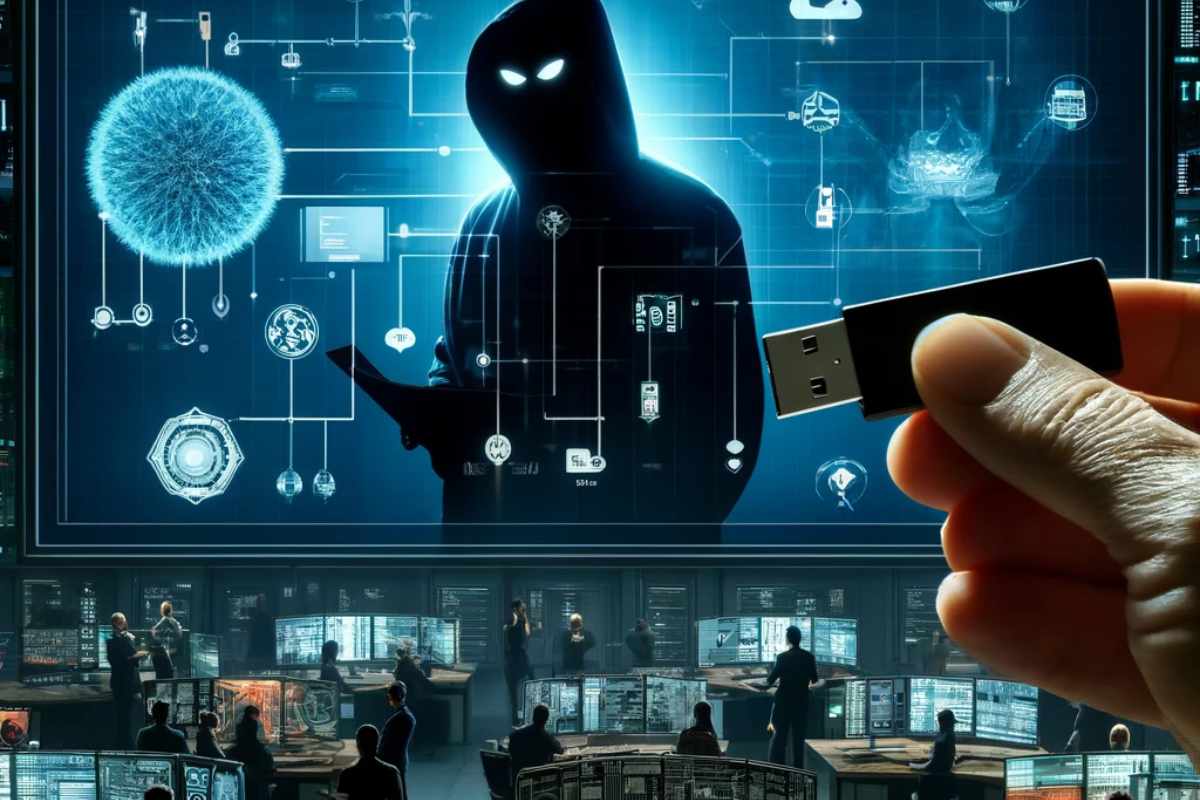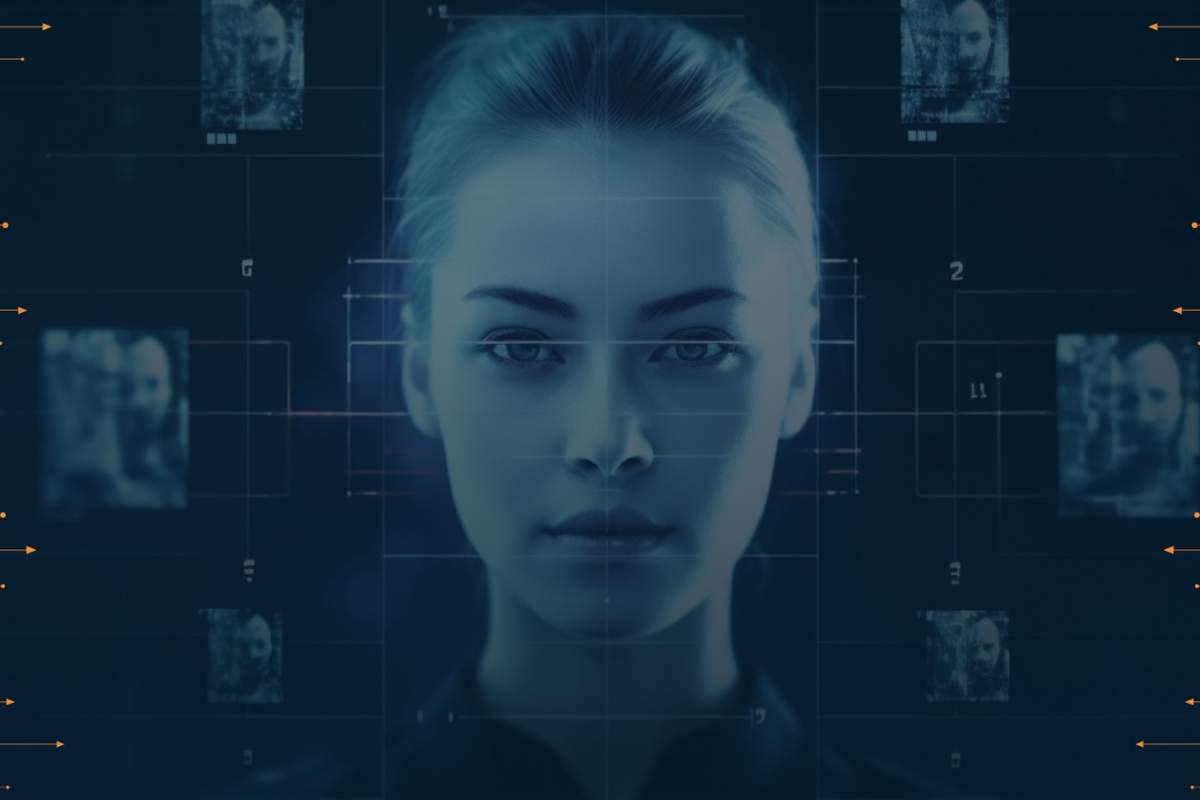(Source-businesstoday)
In today’s digital world, the emergence of deepfakes has ignited a mix of curiosity and concern. These sophisticated manipulations of audio and video content have the potential to revolutionize various industries, yet they also raise profound concerns about privacy, misinformation, and authenticity. In this exploration, we will delve into their origins, mechanics, applications, risks, and the ongoing efforts to address their implications.
Understanding Deepfakes:
Deepfakes represent a convergence of cutting-edge technologies, including artificial intelligence (AI), machine learning, and neural networks. At their core, they leverage generative adversarial networks (GANs), a type of AI algorithm that pits two neural networks against each other: one generating synthetic content and the other discerning between real and fake. Through this iterative process, deepfakes can produce highly convincing simulations of human faces and voices.
The Mechanics Behind Deepfakes:
The process of creating a deepfake begins with the collection of vast amounts of training data. This data typically includes thousands of images and videos of the target individual from various angles, lighting conditions, and facial expressions. Simultaneously, the algorithm is fed with diverse content to learn the intricacies of human behavior, from speech patterns to facial movements. Through iterative training and optimization, the neural network refines its ability to generate realistic synthetic media, continuously improving its accuracy and fidelity over time.
Exploring Deepfake Applications:
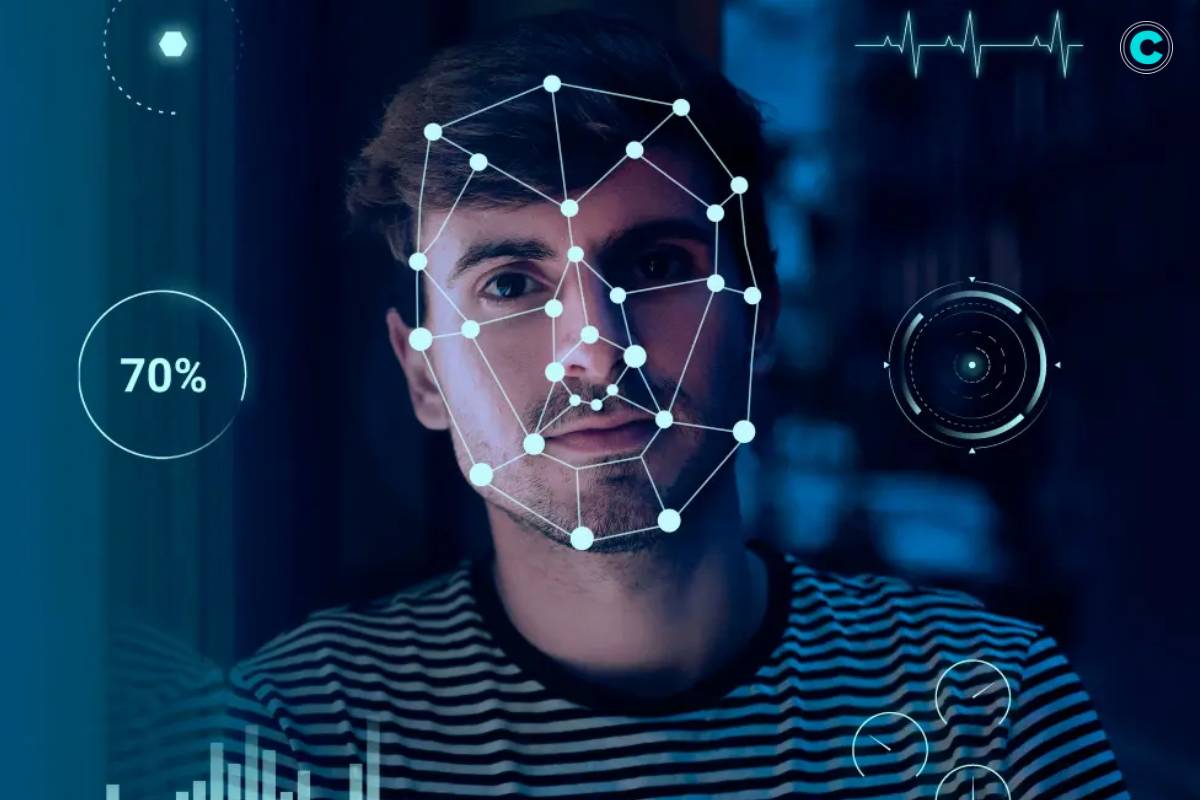
While deepfakes have garnered notoriety for their potential to deceive and manipulate, they also offer a spectrum of legitimate applications across diverse fields:
1. Entertainment:
In the realm of entertainment, deepfakes can resurrect deceased actors for cameo appearances in films or create virtual performances by living celebrities. Additionally, they enable filmmakers to seamlessly integrate special effects and CGI characters into live-action scenes.
2. Marketing:
It provides marketers with a powerful tool for personalized advertising. Brands can leverage deepfake technology to create custom advertisements featuring celebrities or influencers endorsing their products or services, thereby enhancing engagement and brand recognition.
3. Education:
It holds promise in the field of education by providing immersive learning experiences. For example, language learners can engage in simulated conversations with native speakers or historical figures, enhancing their language proficiency and cultural understanding.
4. Training:
Medical professionals can benefit from simulated surgeries and patient interactions facilitated by deepfake technology. Surgeons and medical students can hone their skills and knowledge in a risk-free environment, improving patient outcomes and safety.
5. Art:
Deepfakes offer artists a new frontier of creative expression. From digital collages to surreal compositions, artists can experiment with blending different faces, voices, and visual elements, pushing the boundaries of traditional art forms and exploring new modes of storytelling.
Assessing the Risks of Deepfakes:
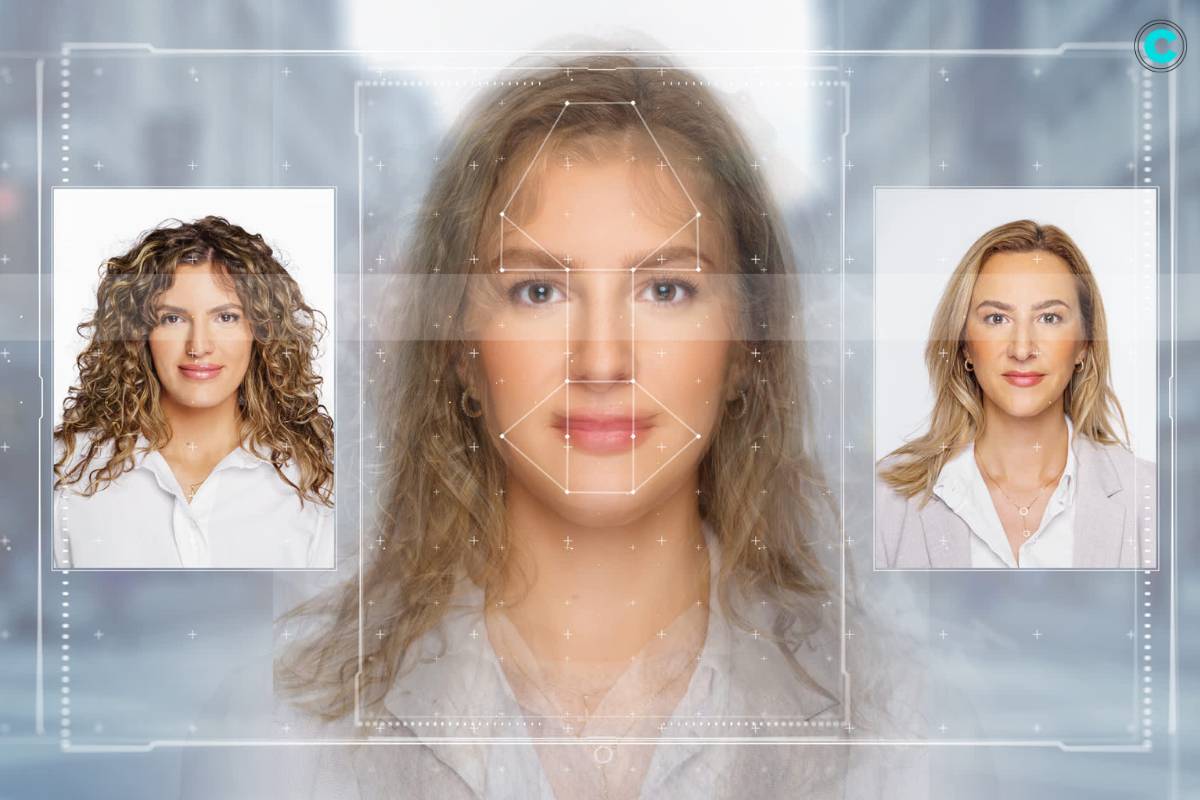
Despite their potential benefits, deepfakes pose a myriad of risks to individuals, businesses, and society at large:
1. Misinformation:
Deepfakes have the potential to propagate false narratives, manipulate public opinion, and undermine trust in media and institutions. By creating convincing but fabricated content, malicious actors can spread disinformation on a massive scale, influencing elections, inciting violence, and eroding social cohesion.
2. Privacy Violations:
The unauthorized use of individuals’ likenesses in deepfake videos can result in severe privacy infringements and emotional distress. Victims may find themselves portrayed in compromising or embarrassing situations without their consent, leading to reputational damage and psychological harm.
3. Identity Theft:
Deepfakes can be leveraged for malicious purposes, including identity theft and fraud. By impersonating individuals in video calls, audio recordings, or social media posts, attackers can deceive and defraud unsuspecting victims, exploiting their trust and vulnerability for financial gain.
4. Security Threats:
Deepfakes pose a significant security threat, particularly in the realm of cybersecurity. Cybercriminals can use deepfake technology to create convincing fake videos or audio recordings for phishing scams, social engineering attacks, or blackmail schemes, compromising individuals’ personal and financial information.
5. Legal and Ethical Dilemmas:
The proliferation of deepfake technology raises complex legal and ethical questions regarding consent, authenticity, and accountability. Existing laws and regulations may be inadequate to address the unique challenges posed by deepfakes, necessitating new frameworks and guidelines to safeguard individuals’ rights and uphold ethical standards.
Deepfake Risks:

Addressing the multifaceted challenges posed by deepfakes requires a coordinated effort involving technological innovation, regulatory intervention, education, and ethical guidelines:
1. Technological Solutions:
Researchers and technologists are actively developing advanced detection algorithms and authentication techniques to identify and mitigate the impact of deepfakes. By leveraging machine learning and computer vision technologies, these solutions aim to detect subtle anomalies and discrepancies indicative of synthetic media.
2. Regulatory Measures:
Governments and policymakers play a crucial role in addressing the misuse of deepfake technology and safeguarding individuals’ rights. Legislative frameworks and regulatory measures can help establish clear guidelines for the responsible development, deployment, and use of deepfake technology, deterring malicious actors and holding them accountable for any harm caused.
3. Media Literacy:
Educating the public about the existence and implications of deepfakes is essential in empowering individuals to critically evaluate media content and discern fact from fiction. Media literacy programs can provide individuals with the skills and knowledge needed to identify and mitigate the risks posed by deepfakes, enabling them to navigate the digital landscape with confidence and resilience.
4. Industry Collaboration:
Collaboration between technology companies, researchers, and civil society organizations is essential in developing and implementing effective strategies for combating deepfakes. By sharing resources, expertise, and best practices, stakeholders can collectively address the challenges posed by deepfake technology and work towards a safer and more secure digital ecosystem.
5. Ethical Guidelines:
Establishing ethical guidelines for the responsible use of deepfake technology is paramount in ensuring its beneficial applications while minimizing harm to individuals and society. Ethical considerations, such as consent, transparency, and accountability, should be integrated into the design and development of deepfake-related products and services, guiding practitioners toward ethical and responsible practices.

Artificial Intelligence: Shaping the Future of Technology
AI refers to the capability of machines to perform tasks that typically require human intelligence. These tasks include learning, reasoning, problem-solving, understanding natural language, and
Navigating the Deepfake Dilemma
Deepfakes represent a double-edged sword in the realm of synthetic media, offering both promise and peril. By understanding the underlying technology, recognizing its potential applications and risks, and implementing proactive measures to mitigate harm, we can navigate this evolving landscape with vigilance and responsibility. As we continue to grapple with the ethical, legal, and societal implications of deepfake technology, let us strive to harness its potential for innovation while safeguarding against its misuse. By fostering collaboration, innovation, and ethical leadership, we can shape a future where deepfake technology serves as a force for good, enriching our lives and enhancing our understanding of the world around us.

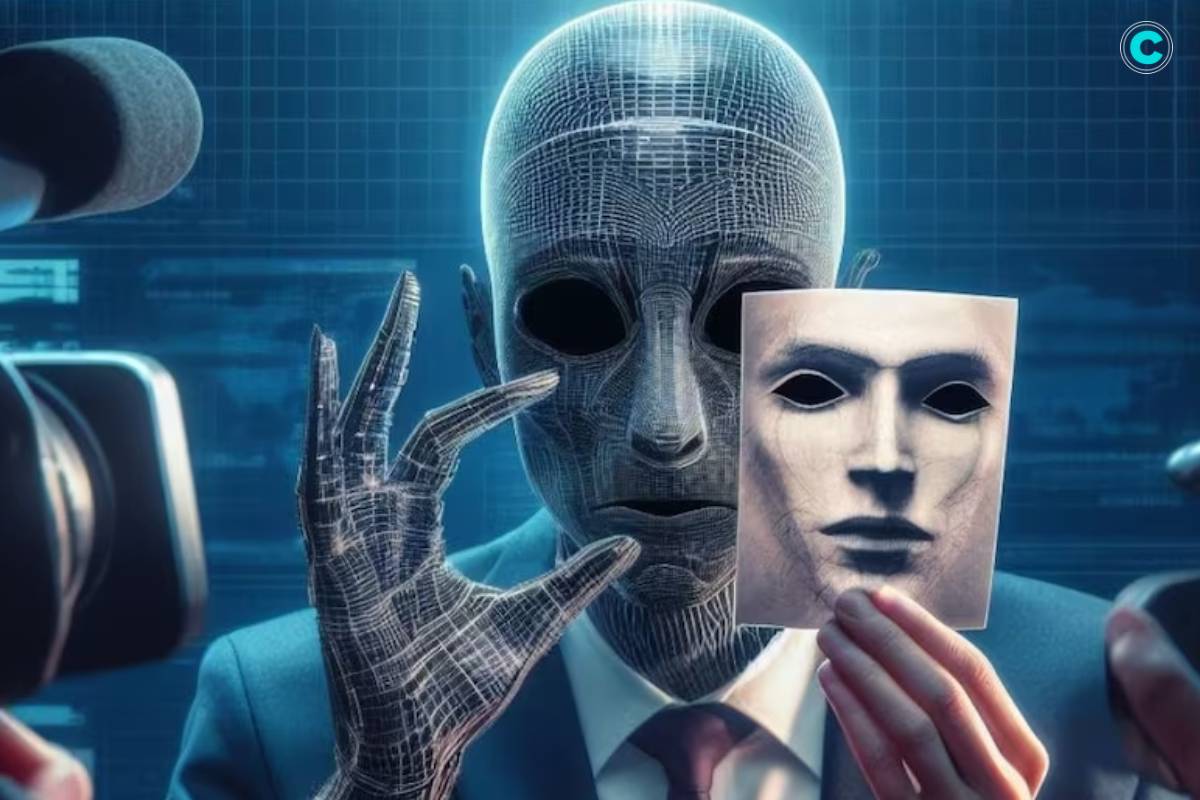

![-[Source-csoonline.com]](https://cybrpro.com/wp-content/uploads/2024/10/Source-csoonline.com_.jpg)
